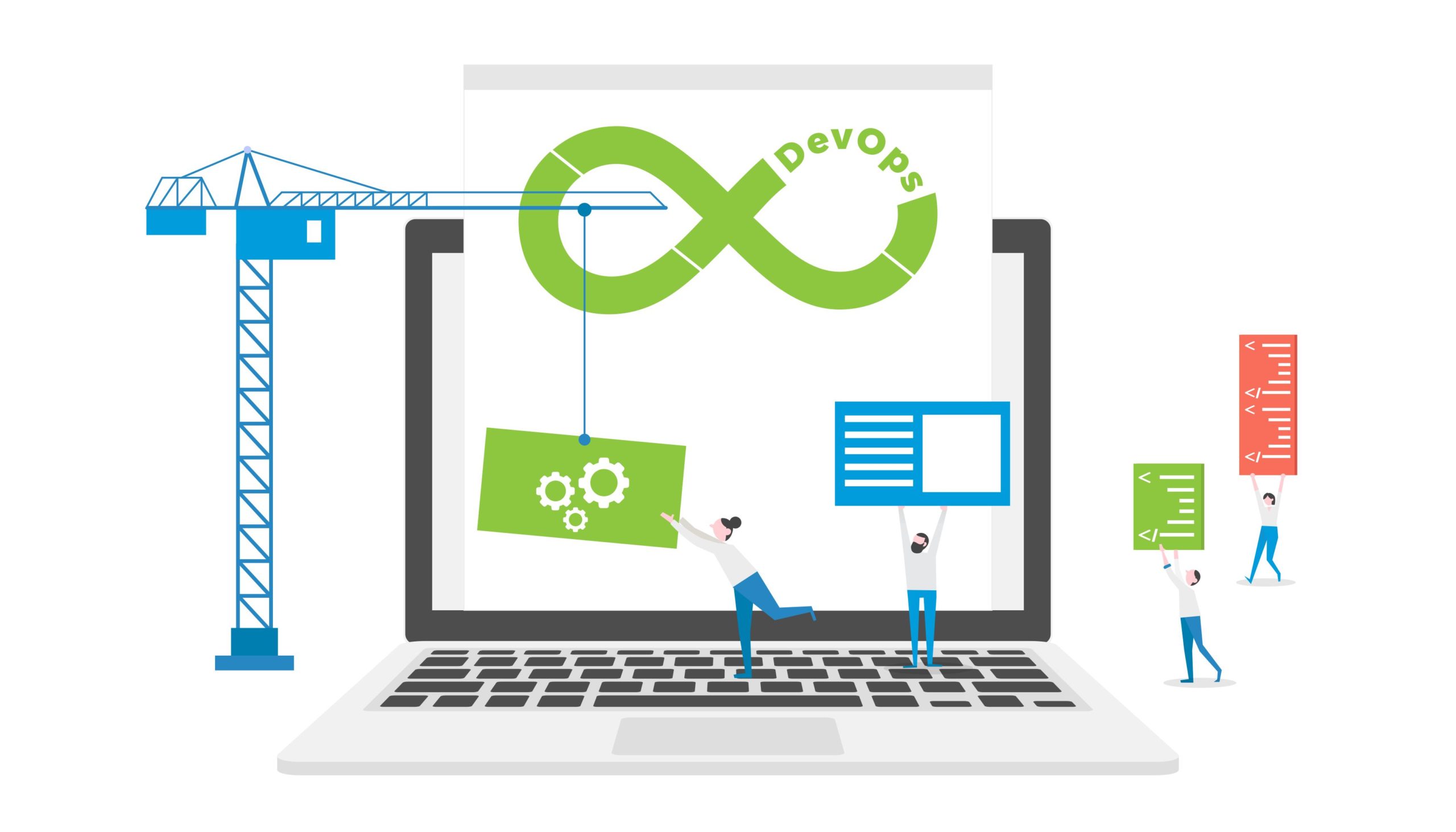DevOps isn’t a new idea, but as businesses understand the need to release software and updates more frequently, there’s never been a better time to implement enterprise DevOps.
While many business leaders understand the benefits of enterprise DevOps, they are unsure how to implement it. On the other hand, some businesses that have started implementing enterprise DevOps run into problems like monolithic systems, static environments, manual workflows, legacy software, and other issues present in large organizations.
How can you eliminate these problems and achieve success with enterprise DevOps?
You can start with this guide we’ve put together to help you create an effective enterprise DevOps roadmap.
What is Enterprise DevOps?
To understand what enterprise DevOps is, you have to first know what ‘DevOps’ means.
DevOps is a combination of processes and tools that help software developers and operation engineers work collaboratively throughout the entire software release cycle to increase software deployment speed, security, and quality.
Enterprise DevOps is the adoption of DevOps principles in a work environment that has:
- Many interrelated systems, teams, and software that depend on each other
- Manual and error-prone workflows across multiple teams and stakeholders
- Monolithic systems
- Lengthy approval gates
- Security, medical, or financial compliance requirements
What is an enterprise DevOps roadmap?
Enterprise DevOps roadmaps outline the methods and resources available to achieve an enterprise’s DevOps goals. This summary can be used as a blueprint to implement the best DevOps practices.
These roadmaps should prioritize principles such as cooperation, learning, experimentation, and growth mindset so that different teams can synchronize and foster a “we’re in this together” mentality that promotes company growth.
This approach:
- Makes for a more collaborative, transparent, and efficient product development process.
- Reduces overhead costs and gets rid of unnecessary procedures.
- Challenges your team and motivates them to be innovative.
Six tips for success with enterprise DevOps in 2022
Even though some organizations have successfully implemented enterprise DevOps today, many businesses still find it difficult to adapt to the DevOps model. Below are six tips you should include in your enterprise DevOps roadmap to achieve success.
Evaluate your processes
To achieve success with enterprise DevOps, you need to assess your whole development cycle to find inefficiencies. Once you know the areas your present processes fall short, you’ll be able to identify areas to focus on when implementing enterprise DevOps.
Consult with all the major stakeholders who would be affected by a DevOps culture.
Ask questions like:
- What challenges do we face regarding product development?
- Why are we making this change?
- Why is DevOps the best way to solve our problems?
This discussion will help you decide if your organization needs to spend time, energy, and resources to implement enterprise DevOps.
Set realistic goals
Your next step would be to set goals for DevOps implementation. Using new DevOps tools will not result in much change if you have not clearly defined the objectives you want to fulfill.
However, transforming all your processes at once might be too much for your business to handle.
Instead, set a small, easily achievable goal and monitor it closely as you make the cultural shift. Once that is achieved, you can focus on bigger, more complex goals.
Encourage collaboration
The ultimate goal of enterprise DevOps is to get different teams to work together to develop better software products more efficiently. You can have the best DevOps tools available, but if your teams are not ready to communicate and work together, you cannot experience the full benefits of DevOps.
So if you want to succeed, you need to create a corporate culture that promotes cooperation and collaboration amongst teams. Training your team members to use the required tools properly helps to dissolve silos that exist between the development and operations teams.
Apart from workflow and development tools, you can also introduce collaboration and communication platforms to ensure all team members have access to data and information.
Leverage automation
Automation is a key aspect of enterprise DevOps.
If you want to experience the full benefits of the shift to DevOps, you should automate repetitive processes. Whether it’s automated testing or application code delivery, you can make your operations faster and more secure by using automation tools.
You can also implement a CI/CD pipeline to enable development teams to deploy code changes more reliably and frequently.
Since DevOps is new to your enterprise, you want to take automation slowly. Use an automation tool on a manual process that takes a lot of time and energy. Then, monitor the results for a few weeks to see if automation helps that process move faster.
Take what you learned and apply it to automating more processes.
Define your metrics
Set your metrics from the very start of the DevOps implementation process. Without metrics, you will be unable to track your progress. This will make it difficult for you to identify issues that might be holding you back.
Most enterprises need to focus on four things: lead time, delivery/deployment time, mean time to recovery, and defect rates.
To define other metrics, think about your users. What do they like? What complaints do they have about your product? How can you make product usage a more pleasant experience for them?
You can leverage this information to improve product quality and speed up release cycles when you have this information.
Monitor your processes and collect feedback
Monitoring your enterprise DevOps implementation helps you gather valuable feedback to improve in the long run. You can do this by building feedback loops into the structures you have in place. This way, stakeholders can understand what is working and what is not.
You can also involve users throughout your development process and instantly make modifications without waiting till the end for their feedback. This reduces code changes and improves product quality. It also boosts the confidence of your users and increases credibility.
Tools to successfully implement enterprise DevOps
There’s no one-size-fits-all approach to choosing the right DevOps tools for your needs. Certain factors, such as business requirements, current workflows, and budget, can determine the right tools for your organization.
However, some of the best DevOps tools include:
- Communication: Slack, Zoom
- Continuous integration and deployment: Jenkins, Bamboo, Octopus Deploy
- Configuration management: Puppet, Ansible
- Containerization: Docker, Kubernetes
- Version control: Git
- Cloud DevOps: Azure, AWS, Google Cloud
- Monitoring tools: RayGun, Appdynamics, SignalFx
Implement enterprise DevOps the right way
Enterprise DevOps is a great way to streamline your existing development processes and increase cohesion between your teams. However, it is not easy to adopt.
To achieve success with enterprise DevOps, you need to lay out an effective DevOps roadmap. This will help you avoid the worst pitfalls and respond well to any problems that may arise during the implementation process.
Looking for the right software development partner or DevOps partner? RTS Labs has helped hundreds of businesses of all sizes successfully develop the right outsourced custom software for many business needs. Get in touch with us today to learn more about how we can help.






